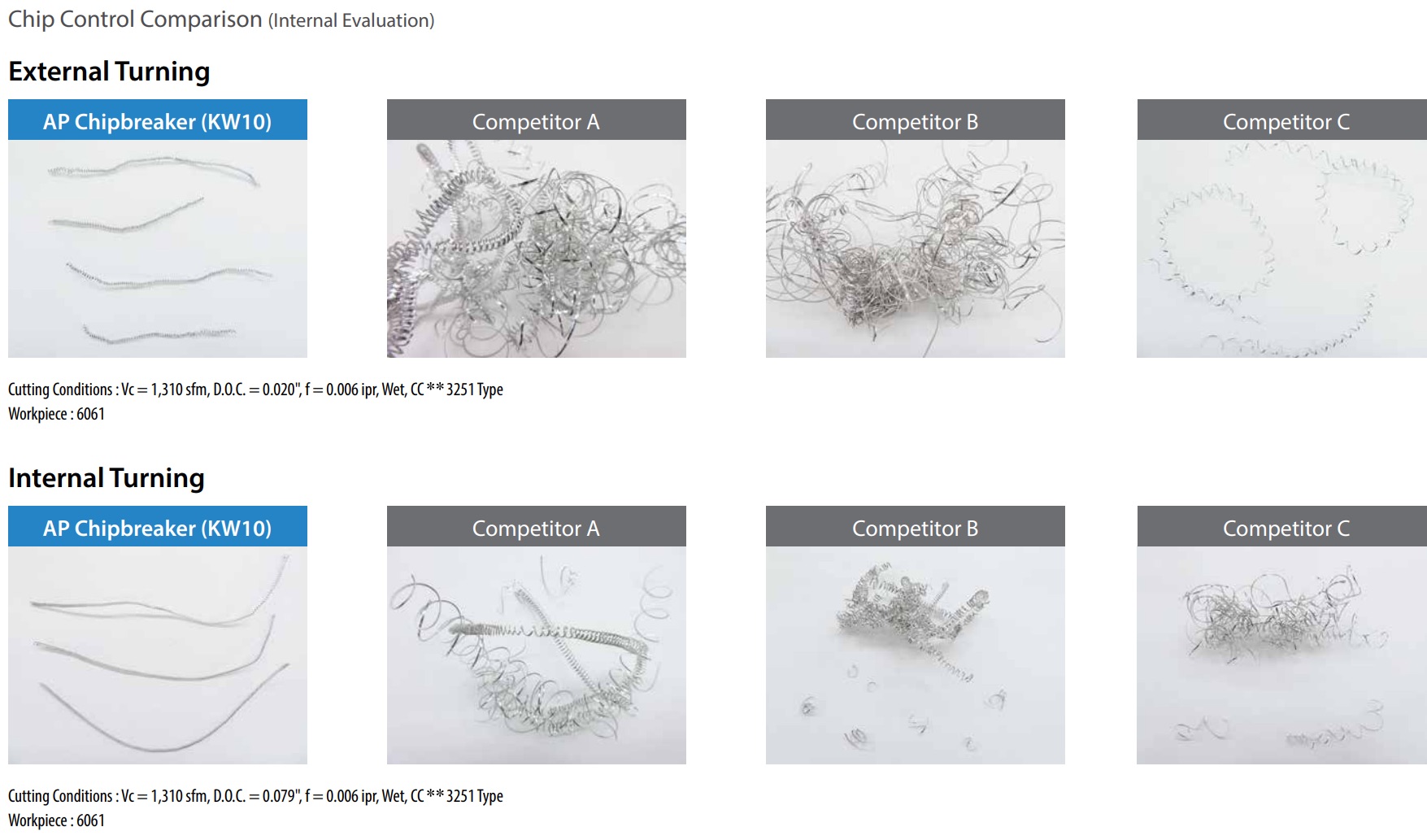Machinists operating certain brands of relatively new Swiss-style CNC lathes know there’s more than one way to solve poor chip control with aluminum alloys.
REM Sales, a distributor of Tsugami machinery, calls it Oscillation Cutting. So does machine tool builder Nakamura-Tome, while Marubeni Citizen-Cincom refers to its technology as Low-Frequency Vibration (LFV).
Whatever you call the process, all work much as the name suggests—oscillating the machine’s servo motor in a rapid, back-and-forth motion, thus halting the cutting process for the split second needed to break even the stringiest of materials, aluminum, plastics, and nickel-based superalloys.
Okuma America Corp., of Charlotte, North Carolina, has joined the growing club of businesses using such a process, albeit with a different name and some slight technical variations.
Lathe product specialist David Fischer describes the company’s Cutting Step Feed Function (CSFF) as simple to use and available to existing Okuma customers via a simple software change, machine and control model permitting.
“It uses two parameters—one for the step amount and the other for dwell—along with a pair of M-codes to turn it on and off,” he says. “Four-axis cutting is supported [turning with both turrets], and it works with most of the other machine functions like HSSC [Harmonic Spindle Speed Control] and constant surface speed control.”
Fischer has tested the new option with a Teflon part, which as anyone who’s turned it knows, is practically impossible to break.
Without CSFF, the chips quickly wrapped around the part, to the point that Fischer had to stop the machine for fear of damaging a sheet metal spindle guard.
With CSFF turned on, however, the material curled up into manageable pieces.
“I straightened one of those chips and it was half a meter or so in length,” he says, laughing. “I calculated that with CSFF turned off, the chip would have measured more than 60 meters long. Get one of those caught on the chuck and you’re in for a bad day.”






Talk to Us!
Aluminium chips I am purchase
11I am purchase your sell
9Leave a reply
Your email address will not be published. Required fields are marked *